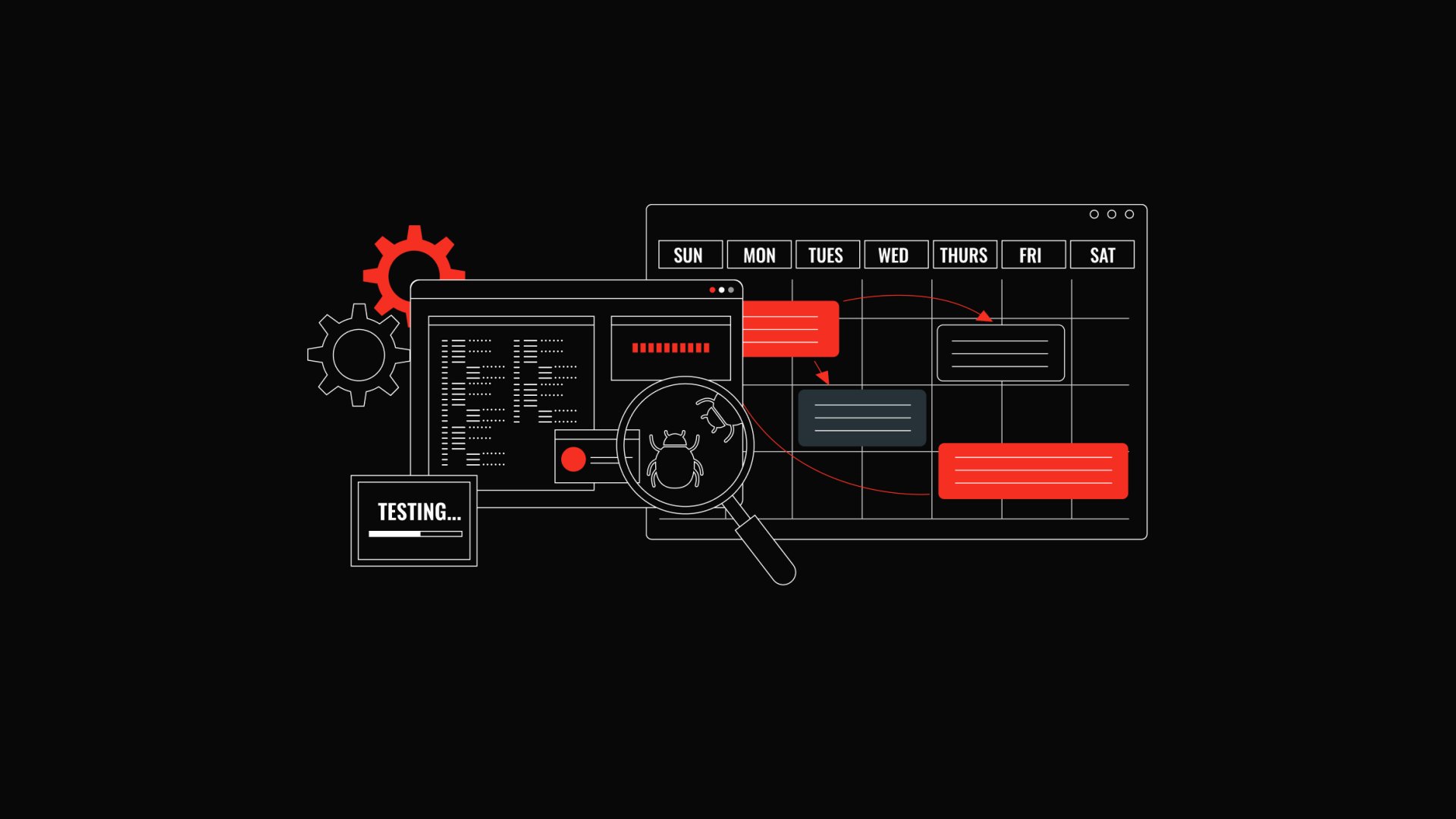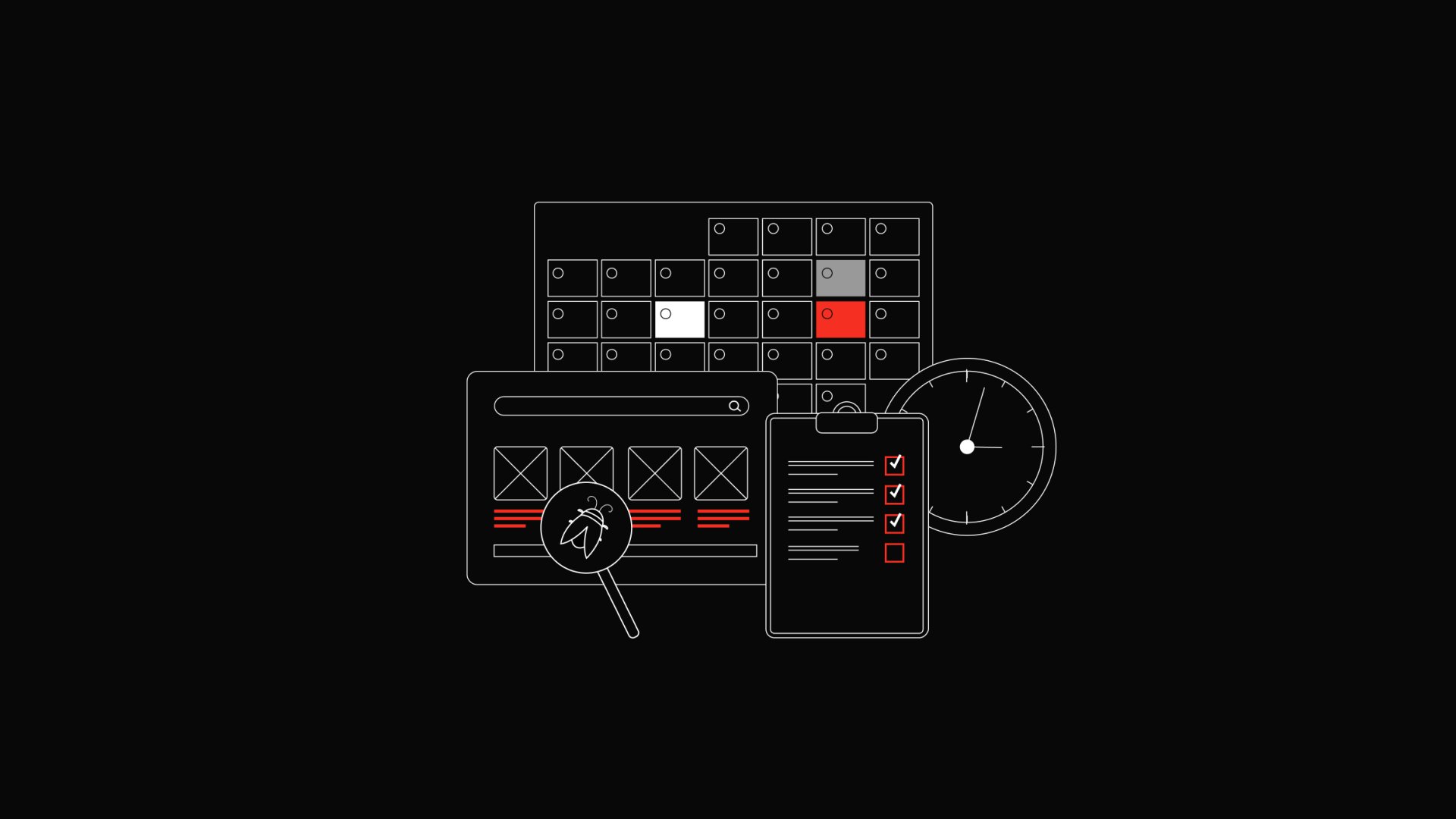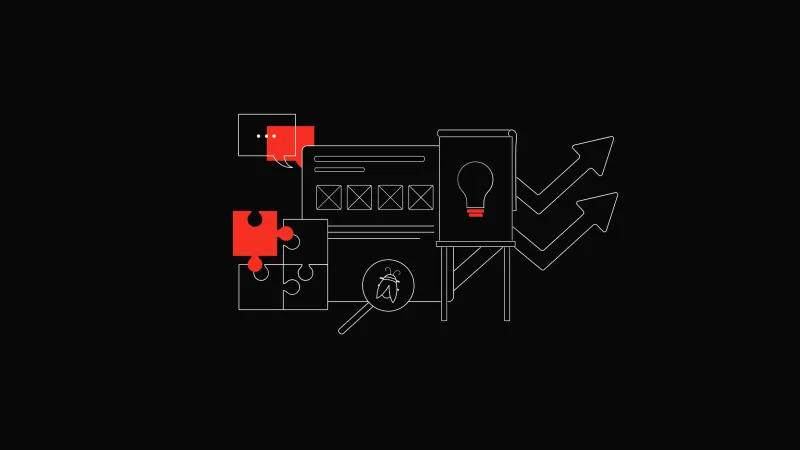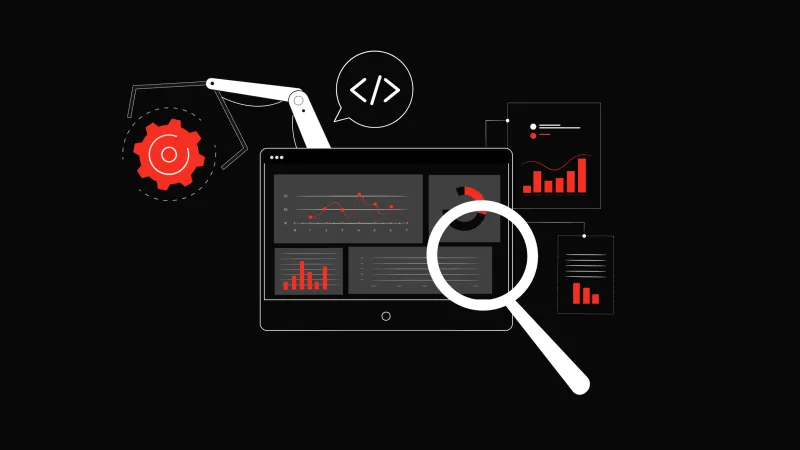The Importance of Test Planning in Software QA

One of the most important aspects of software development is delivering high-quality products that meet user expectations. Quality Assurance ensures that software is reliable, functional, and secure. Test planning allows QA and the whole team to navigate the testing and quality assurance process and make the journey efficient and effective.
What is Test Planning?
Test planning defines the scope, approach, and resources for QA activities. It should also give the team a clear understanding of what will be tested, how it will be tested, who will participate in testing, and when.
Why is Test Planning Important?
- Everyone involved in the project understands the testing objectives, scope, and priorities. This can prevent situations where each stakeholder has different expectations from the QA activities.
- Test planning allows QA teams to allocate resources effectively – no more last-minute scrambling and overburdening of team members!
- Potential risks are identified early in the development cycle, making mitigation strategies and test prioritization much easier.
- We address all functional and non-functional requirements, reducing the likelihood of critical bugs slipping through production.
- Test planning provides a platform to discuss testing objectives, clarify ambiguities, and align deliverables with all stakeholders.
- Test plans can be adjusted to accommodate software changes at all steps, regardless of their scope or risk severity.

What does a Test Plan look like?
A “Test Plan” is a structured document explaining the “what,” “when,” and “how” of testing. This document should include:
- Objectives and Scope – outline the testing goals and clarify what is included (and excluded) from the scope.
- The Test Strategy outlines the testing approach, encompassing various types of tests (e.g., functional, performance, security, etc.) and methodologies (e.g., manual or automated).
- Test Schedule – outlines a timeline for testing activities, including milestones and deadlines.
- Resource Allocation – outlines the tools, environments, and team members necessary for testing.
- Risk Analysis and Mitigation - identifies potential risks and outlines strategies for their mitigation.
- Test Deliverables – defines products delivered with each test activity.
- Test Completion (Exit) Criteria - define the conditions that need to be satisfied for testing to be considered complete.

Should I focus on Test Planning?
Absolutely! With test planning, you’re investing in the success of your software projects. You’re allowing QA teams to work efficiently and minimize risks. You’re also allowing developers and stakeholders to focus on their own activities with clear expectations of the activities carried out by the QA team. With Test Planning, we all win.



